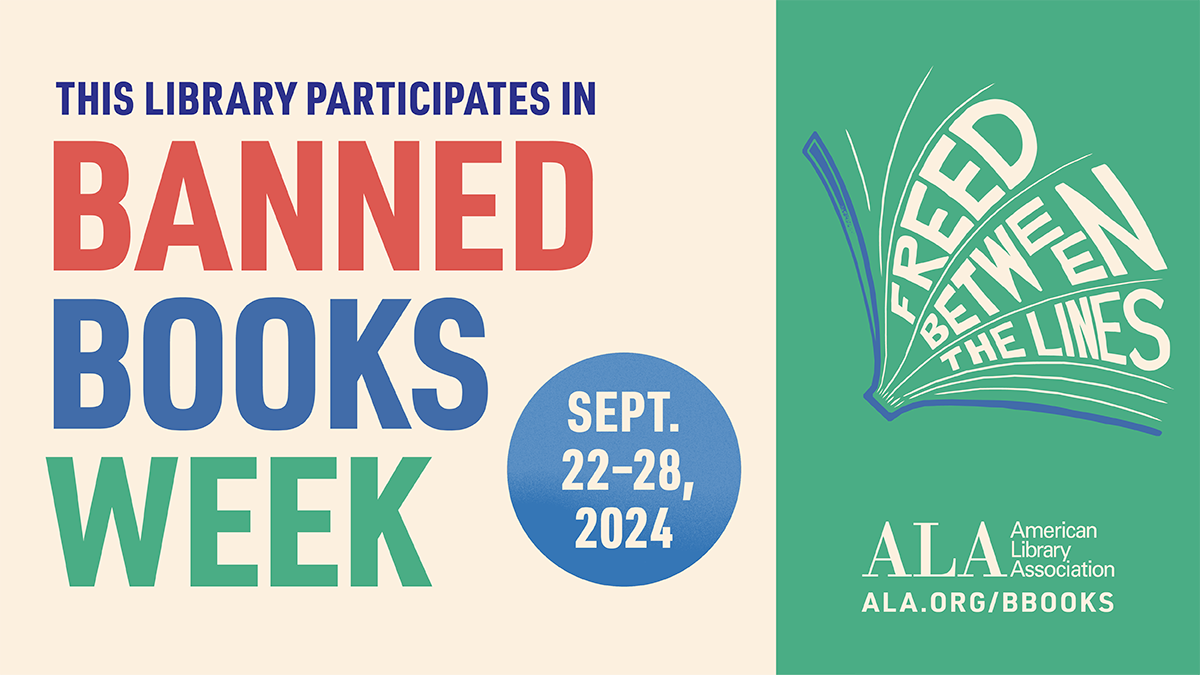Posted by Jason on Tuesday, Sep 24, 2024

In 1995, the Iowa City Public Library established the annual Carol Spaziani Intellectual Freedom Festival to honor Carol Spaziani’s 27-year career at ICPL and her lifelong commitment to the freedom of ideas. Spaziani believed that the public library's role is to be a resource and a forum for an individual's pursuit and expression of diverse points of view.
The festival is planned by a library committee that monitors current intellectual freedom issues and organizes programs of interest for area residents. This year’s festival will address the numerous recent challenges, book bans, and legislative restrictions affecting libraries, classrooms, and workplaces. Many of the targeted books involve stories and experiences of marginalized populations, such as the LGBTQIA+ community, Black people, Indigenous people, and people of color. ICPL is dedicated to highlighting these issues during the festival, with events and displays kicking off during the American Library Association’s annual Banned Books Week in the last week of September. Celebrate your intellectual freedom and join us at the Library for programs and discussions.
The theme for Banned Books Week 2024 (September 22-28) is "Freed Between the Lines." We can find freedom in the pages of a book — but book bans and censorship threaten that freedom, along with other rights and institutions. During Banned Books Week 2024 and beyond, let’s share our love of the right to read and the freedom found in books. Let’s be Freed Between the Lines!
A full list of the Iowa City Public Library's Intellectual Freedom Festival & Banned Book Week events can be found at icpl.org/iff.


Ward's story grapples with the trauma of racism, gun violence, and incarceration via a multi-generational household. Her story is set in rural southern Mississippi yet these themes are familiar to many in America. Chapters are told from alternating character's point of view including those of a ghost. -Jason